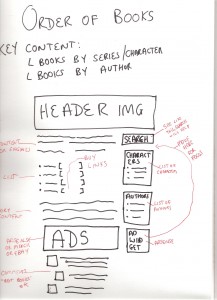I find that a lot of new affiliates when launching their first websites, really struggle over the process. This was very evident after “Black Friday” in the online gambling world, when I was contacted by many new affiliates about capitalizing on the effects of Black Friday.
Unfortunately you really have to strike when the iron is hot, and two months after the fact I’d say maybe 5% of those affiliates actually have a working website. Some gave up during the building stage, while others are STILL focusing and planning it all out.
I think it’s great that people put a lot of effort into building a website, but for the majority of affiliate websites, there’s no reason to stop you from having your actual website up and running within a week. Sure it may not be the greatest website in the world; but that’s part and parcel of running an actual website. You start small, and you build. This is something any experienced affiliate knows, and there will come a point where building a website will become second nature.
This article is more focused on the planning & building of a website, and how to turn a concept into reality. It’s not focused on the nitty gritty like web hosting or seo.
I’ve been building a lot more websites lately, some big and some small, and I wanted to write an article listing the 10 steps that I put in to building a website. I’ve got a very detailed step by step affiliate guide that every new affiliate should read, but I thought that by personalizing the process and showing exactly what I do, it may inspire you to get those websites going.
That step by step affiliate guide was also designed for completely new affiliates, while I believe that this article can also help experienced affiliates who may be stuck in a rut, with a few unfinished websites out there.
#1: Come up with a Money-Making Idea
 The first part of step 1 is simple: come up with an idea. The second part is even easier: figure out if this website idea will make you money.
The first part of step 1 is simple: come up with an idea. The second part is even easier: figure out if this website idea will make you money.
For this example, I’m going to use the website I decided to build called OrderofBooks.com. Standalone novels are a thing of the past these days, and many of the big sellers, especially in the fiction world, are part of a series.
I’ve always found that there aren’t very many good resources when it comes to finding the order of books. Your best sources are the authors homepage, out of date lists from Amazon, or websites that require third-party editing like Wikipedia.
So my idea was simple: to create a website that would list the order of all book series ever. A big catch-all website that would cover the order of books. This is a great example for this step by step guide because the majority of income is on affiliate sales, yet it’s also a valuable resource for people AND relies heavily on being content driven, which makes the upkeep minimal.
Now I had came up with the idea, it was time to decide if I could make money from it. I’d already did research like this in the past, by creating “_____ Books in Order” lists on Amazon, and seeing income from it, so I knew it would make money. I can make money mainly from affiliate links, possibly some adsense income, and also via selling merchandise related to the books.
I estimate that after a few months, this site should be able to bring in a bare minimum average of $250 per month, with the sales also helping to increase my percentage at tiered revenue share websites like Amazon. It’s not going to make me a millionaire, but the upkeep on this website is minimal. I’ll probably spend an hour a month on this website, and a $250/hr rate isn’t bad at all. I can even outsource the work so that I’m making $200 for about 5 minutes work per month.
It also helps massively that it’s a project I actually want to do, and know I will enjoy doing. Nothing drives a website better than passion.
#2: Buy a Domain
My next step is always to go to GoDaddy and see if I can snap up a good domain. You’d be surprised at how many decent unregistered domains there are out there.
Sometimes you can’t find anything you like, in which case you contact the owners of a domain you do want and see about purchasing it.
Either way, get a domain that you want, and are happy with. I find by getting the domain, it’s a lot easier to visualize the website and get the thoughts flowing, both from an interface and content perspective.
OrderofBooks.com was an excellent domain for what I wanted to do, based on both keywords, common sense and a nice easy domain to remember. My #1 choice would’ve been BookOrder.com but that was registered already, and when I saw OrderofBooks.com available I didn’t think twice. I didn’t even think to check for “OrderBooks.com” or anything like that as I feel that domain would confuse potential visitors.
#3: Plan out a Design
I find that when I’m planning out a website, it really helps to visualize it and having a basic design helps. It doesn’t matter if the websites going to be rather complicated; just having a design on paper helps.
When you can visualize the website both in your head and on paper, you can really get the creative juices flowing. Just get a general idea of the content you are going to have, and then map it out like this:
(Thumbnail below – click for full size image):
Now that part’s done, I can visualize the site in my head. It’s time to focus on the meat and potatoes of the website: content.
#4: Content Research: My Own Ideas
I leave the computer, notepad and pen in hand, them come up with as many content ideas as possible. Will I implement them right away? Of course not. But it’s good to have a visualization of where your site can be in months, or even years. It means you aren’t restricted, and can plan your site accordingly for the future.
#5: Content Research: Other Peoples Ideas
One of the simplest things you can do: get advice from others. Determine your target market, then question them and see if they have any ideas, or reinforce any concepts that you have.
A few months ago I built a website for a specific type of bag that people carry around. I was unfamiliar with them, so I went out in the street or in stores and chatted to people buying the bags. I explained I was building a website on that topic and was looking for feedback and ideas.
The fact is: people love to share their opinion on any topic, especially something they’re passionate about. I’ve talked to some people to the point that they want to sit down and have a coffee or beer, and go in-depth about it. (Many are even interested in the affiliate market, so I kill two birds with one stone by getting new sub-affiliates!).
Honestly, this is my favourite type of research. If you’re sitting there building your umpteenth online poker portal about the “best poker sites” or the “best ways to deposit” sit back and think: when was the last time you actually connected with your target market? When did you sit down and talk to them, and ask them what they’re looking for?
I don’t smoke cigarettes much anymore, but when I go to a live casino I always hang out in the smoking area. I’ll chat to people and my questions are usually in this order:
“Winning much?”
“What game are you playing?”
“Do you never play that game online? And why not?”
Just those few questions can help you get in the mind of a casino player, and start attracting the whales with ease. Real people are the best method of keyword and content research.
For OrderofBooks.com it was rather simple – I explained the website to people, and asked what they’d want to see on it. Would they be interested in book descriptions? Author descriptions? I asked them what series of books they read. I asked them when they read the first in a series of books – what do they immediately do after? What are they looking for in an online resource?
Things like that help really steer your website in the right direction.
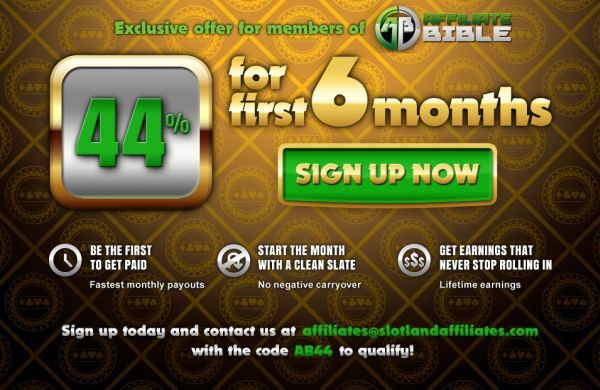
#6: Content Research: Online Keyword Tools
The sad thing is most people jump straight to this step, and because of that they’re missing out on so many potential keywords. Theoretically if a keyword or keyphrase is in a tool then that information is already out there. By doing the prior two steps you have the ability to come up with some real untapped areas you can capitalize on.
For Order Of Books I had the general idea and also used a few tools like Google Keyword Tool to help out. I was also able to get an idea of authors or characters that people were searching for by using the simple Google Search Engine.
For example I type in “order of m” and I get:
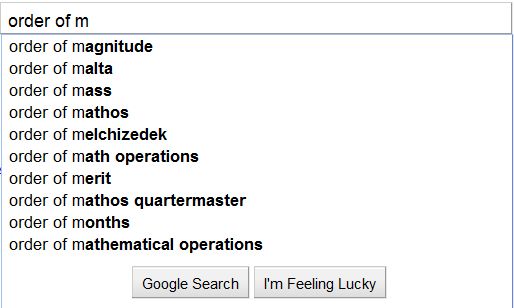
Not very helpful. But I start adding vowels onto that:
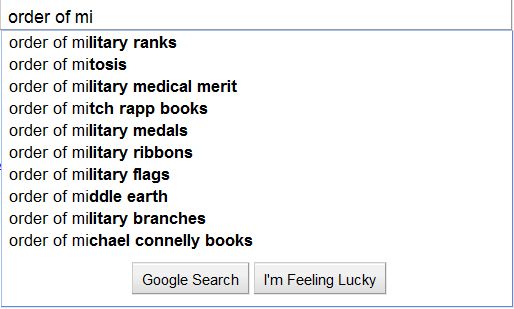
Two ideas right there: Mitch Rapp(the character), and Michael Connelly(the author). Spend about an hour on that and suddenly I’ve got about 2000+ article ideas.
#7: Full Content Plan:
Now is where I get down to the nitty gritty: I write down a complete list of all content that I’m going to write, or have written for the site. I categorize it, and I plan out how the website will look if/when all content is added.
Will OrderofBooks.com ever have over 2000 articles? That depends on whether or not it makes money. If I have 100 articles on there and have fallen short of my projected income, then I have to decide of it’s worth it. If, based on the work I mentioned above, I’m making $150 for every hour I work on the website, then it’s still likely that I’ll keep building it(because the more content I add, the more potential income I earn).
But if I have 100 articles and I’m making $20 an hour, especially when that isn’t consistent income, then it’s likely I’ll let the website sit there and stagnate. Either way, it’s good to have an end game; a plan of where the site can be if it reaches its fullest potential.
#8: Get a Design
By this point, I can fully visualize the website in my head. If it’s a simple enough website I’ll either use one of the basic themes I have already, or I’ll head on over to themeforest and pick up a theme that matches what I want. That’s what I did for OrderofBooks.com.
If it’s complicated then I’ll use the design/coding skills offered by Epik Media, my go-to guys, to get it done.
I find a lot of people these days like to spend hours trying to figure out how to design themselves. Man, leave that to the experts. Design is important for many reasons: the biggest reason to me is having a website that you’re proud of, and a web design that you yourself find visually appealing, and can look at every day. The more you love your website, the more passionate you are about it, and the more you want to put into it.
And the more you put into it, the more you get out of it.
With OrderOfBooks.com I bought a theme from ThemeForest, made a few tweaks myself, and have submitted a “to do” list to Frank at Epik Media for a few things out of my grasp, like a sick looking header, and a few design tweaks.
#9: Write Minimal Content
Another stopping point for many people: they like to launch the website with absolutely tons of content. Therefore it takes a long time for the site to get launched, as they’re busy working on content.
Don’t do that. Launch the site, have a few articles and then start adding content every day. I personally feel this will help the website better in search engines to see that it is constantly updated. It also helps because with the content live, you can think of changes you need to do immediately, rather than make it a big job where you have to go back and edit 300 articles.
For OrderofBooks.com I wrote 4 static pages of content pre-launch. Since launch I’ve written 2 news articles, and I plan on writing at least 2 static pages per day.
#10: All the Tech Stuff
This is all the final stuff to get your website going. Get your web hosting set up, get your CMS installed, get it launched, do your basic SEO, install your plugins, list it with all the search engine webmaster tools, publish your content, add your affiliate links, etc etc.
Once you’re an experienced affiliate all of that is an extremely easy process which shouldn’t take more than a few hours at most. And hell if you really want to you can outsource it.
All of the above should honestly not take you more than a week. I’d estimate you could combine the above into about 20 hours of solid work, and maybe even less. The largest part of the work for me is the content research because I never rush that, and I like to take my time with it.
Really, the building of a website is the easiest part. The hardest part comes after that.
But that’s another article for another day…
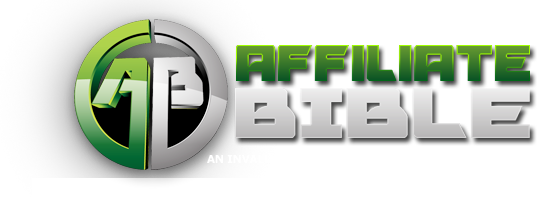
 Dealer Dan, pictured here with WWE Superstar Mick Foley, has been in internet marketing since 1996. He likes hugs, long walks on the beach, and making money while wearing his jammy jams. For more information, you can read all
Dealer Dan, pictured here with WWE Superstar Mick Foley, has been in internet marketing since 1996. He likes hugs, long walks on the beach, and making money while wearing his jammy jams. For more information, you can read all 



